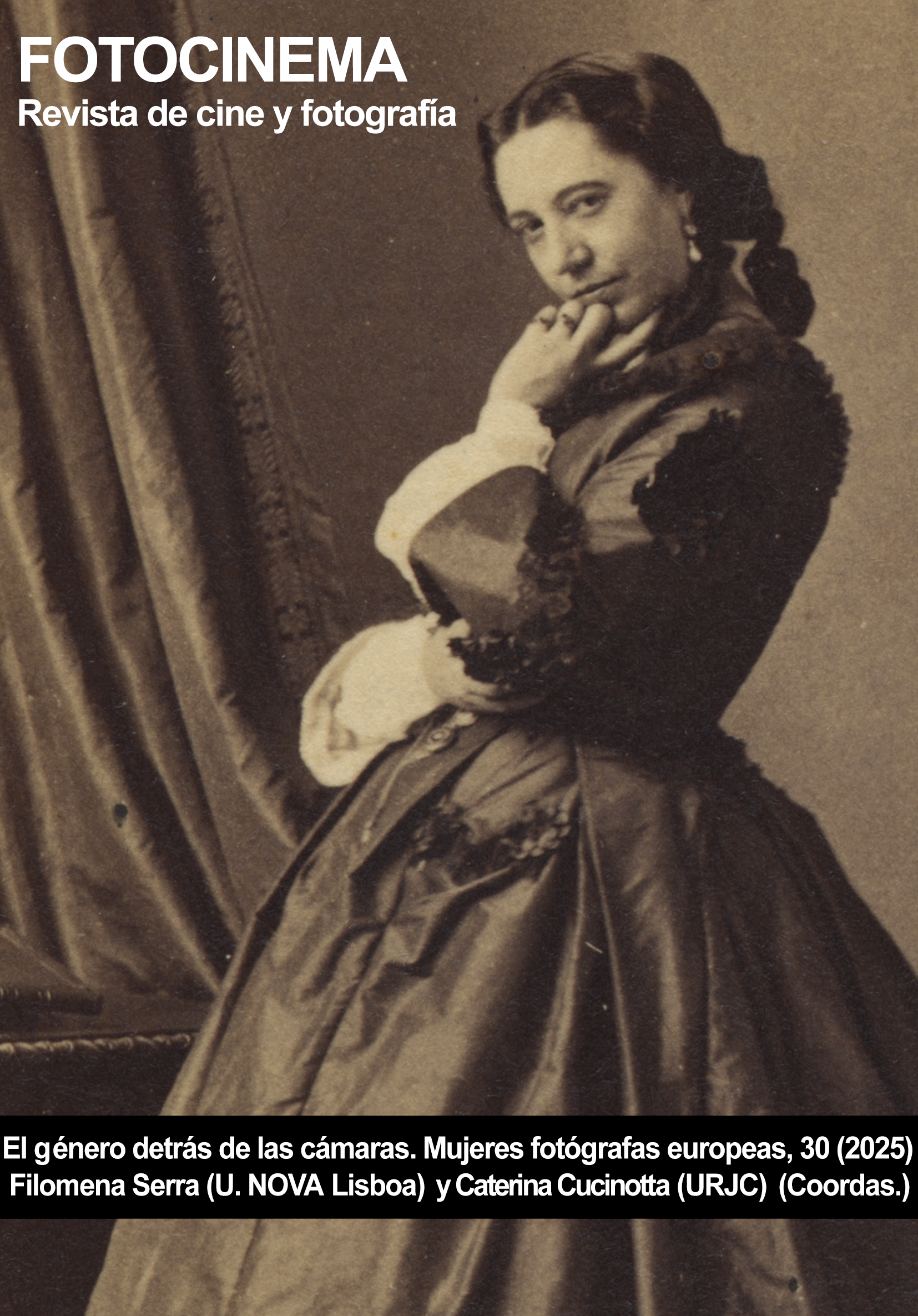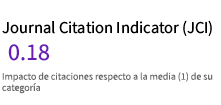Gender behind the cameras. European women photographers
DOI:
https://doi.org/10.24310/fotocinema.30.2025.21196Keywords:
Women photographers, colonial photography, biographie, documentary photography, photojournalism, CinemaAbstract
Abstract:
Abstract: Women have never been a homogenous and essentialised category. Extending the analysis of women to the notion of gender is useful for keeping in mind that ‘woman’ and ‘man’, while biological types are cultural constructs. Gender denotes perceptions of femininity and masculinity and, at the same time, hierarchical structures and power relations in society. Gender is a multi-layered concept that opens up other notions, such as class, race and religion; as well as other epistemological meanings. These arguments, and recent historical research applied to European women photographers, have led us to the aim of this monograph: updating some of the fundamental questions and renewing our knowledge of European women photographers’ work. We do not exclude those who have made their way outside Europe and used different photographic practices. At the same time, we consider women photographers who have extended their activity to cinema, a medium where, historically, they have been underrepresented. These issues are transversal to the ten articles in this monograph, which has been structured, for reasons of presentation, into four chapters:
- Women Photographers: Legacies and Impact;
- Women Photographers: Biographies in Perspective;
- Documentary Photographers and Committed Photojournalists;
- Photography and Cinema: Approaches and Hypertexts.
Downloads
Metrics
References
Cabral, M. V. (2021). As mulheres do meu país. En F. Serra, P. André y S. Leal Rodrigues (Org.), En fotografía impresa e propaganda em Portugal no Estado Novo/Printed photography and propaganda in the Portuguese Estado Novo. Muga.
Cabral, M. V. (2020). Projectos editoriais e contradiscursos: libros ilustrados & fotolivros, 1940-1960. En F. Serra, P. André y S. Leal Rodrigues (Org.), Projectos editoriais e propaganda. Imagens e contra-imagens no Estado Novo. ICS.
Cabral, M. V. (2017). Texto e imagem fotográfica no primeiro contra-discurso durante o Estado Novo: “As mulheres do meu país” de Maria Lamas, Comunicação Pública, 12(23). http://journals.openedition.org/cp/1970.
Gunnarsson, L. (2011). A defence of the category ‘women’. Feminist Theory, 12(1), 23-37. https://doi.org/10.1177/1464700110390604
Keller, J. y Ware, K. (1994). Women photographers in Europe 1919-1939: An exhibition at the Getty Museum. History of Photography, 18(3), 219–222.
Lenot, M. (2 de agosto de 2021). Uma história de mulheres fotógrafas, escrita por mulheres. Crítica por Um homem. Artecapital. Magazine de Arte. https://www.artecapital.net/perspetiva-241-marc-lenot-uma-hista-ria-de-mulheres-fota-grafas-escrita-por-mulheres-cra-tica-por-um-homem-
Mann, M. y Noggle, A. (1975). Women of Photography: An Historical Survey. San Francisco Museum of Art.
Marques, J. F. y Noronha, D. P. de (2019). Considerações para uma Cinematografía de Mulheres: Uma análise do filme À Luz Delas (2019), de Nina Tedesco e Luana. Aniki, revista Portuguesa de Imagem em Movimento /Portuguese Journal of the Moving Image, 10(1). https://aim.org.pt/ojs/index.php/revista/article/view/869
Mayayo, P. (2003 [2015]). Historias de mujeres, historias del arte. Cátedra.
Pollock, G. (1988). Vision and diference. Feminity, feminism and the histories of art. Routledge.
Ryan, J. R. (2014). Introdução. Fotografía colonial. En O Império da Visão. Fotografia em contexto colonial português (1860-1960). Edições 70
Rosenblaum, N. (1994). History of Women Photographers. Abbeville Press Inc.
Strippoli, G. (2024). Female Gazes in the Communist Movement: Women Photographers in the Interwar Period and World War. Journal of Labor and Society, II, pp. 1–17.
Spivak, G. C. (1999). Pode a sulbalterna tomar a palavra? Orfeu Negro.
Subtil, F. (2024). Combatendo o fascismo e a opressão feminina: Maria Lamas e a fotorreportagem. En F. Subtil, J. N. Matos y C. B. (Ed.), Um Outro Jornalismo é Possível. Os Media Alternativos em Portugal. Edição Outro Modo.
Vicente, F. (Org.). (2014). O Império da Visão. Fotografia em contexto colonial português (1860-1960). Edições 70.
Vicente, F. (25 de septiembre de 2013). Rosita, o corpo como objecto de desejo. Público. https://www.buala.org/pt/corpo/rosita-e-o-imperio-como-objecto-de-desejo
Downloads
Published
How to Cite
Issue
Section
License
Copyright (c) 2025 Filomena Serra, Caterina Cucinotta

This work is licensed under a Creative Commons Attribution-NonCommercial-NoDerivatives 4.0 International License.
All contents published in Fotocinema Revista científica de cine y fotografía are protected under the Creative Commons Attribution-NonCommercial-ShareAlike 4.0 International (CC BY-NC-SA 4.0) license. All about this license is available in the following link: <http://creativecommons.org/licenses/by-nc-sa/4.0>
Users can copy, use, redistribute, share and exhibit publicly as long as:
- The original source and authorship of the material are cited (Journal, Publisher and URL of the work).
- It is not used for comercial purposes.
- The existence of the license and its especifications are mentioned.
There are two sets of authors’ rights: moral and property rights. Moral rights are perpetual prerogatives, unrenounceable, not-transferable, unalienable, imprescriptible and inembargable. According to authors’ rights legislation, Fotocinema. Revista científica de cine y fotografía recognizes and respects authors moral rights, as well as the ownership of property rights, which will be transferred to University of Malaga in open access. The property rights are referred to the benefits that are gained by the use or the dissemination of works. Fotocinema. Revista científica de cine y fotografía is published in an open access form and it is exclusively licenced by any means for doing or authorising distribution, dissemination, reproduction, , adaptation, translation or arrangement of works.
Authors are responsable for obtaining the necessary permission to use copyrighted images.













13.png)



